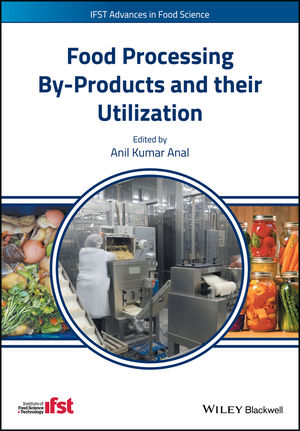Slicing done naturally
How well do naturally processed meats hold up in high-speed slicing operations?

Not exactly.
“It is imperative to match slicing operations with product textural characteristics to ensure that product is sliced accurately with minimal waste,” says Wes Osburn, Ph.D., associate professor, meat science, Texas A&M University, based in College Station, Texas.
Processed-meat manufacturers are always looking to tweak their sodium or fat content to varying degrees, or even use natural ingredients that have minimal preservatives with their lunch and deli meats to appeal to health-conscious shoppers.
“The key challenge for processors in developing reduced-sodium/fat and/or preservative-free products is to understand that product formulation directly impacts final product texture,” says Osburn, “and the relationship between final product texture — cohesiveness — and slicing to ensure that the product is cohesive enough to withstand the slicing process.”
The typical processed luncheon and deli meat undergoes an arduous process before it lands in the grocer’s deli case. Manufacturers use ingredients (such as raw meat or poultry, salt, phosphates and water) and processing technology (such as mixers and tumblers) to take out myofibrillar proteins to form a heat set protein matrix that entraps fat and any added water, says Osburn. Next, this product formulation must retain its fat and water during the thermal processing and chilling process.
“The product must then be able to withstand the mechanical force applied to it during the slicing process,” says Osburn. “This includes casing/mold removal, handling, slicing and packaging.”
This product formulation includes the aforementioned raw materials (beef, pork or poultry), a certain amount of fat and type (saturated or unsaturated), salt and phosphate, the addition of animal- or plant-based proteins, gums, starches and/or hydrocolloids to bind water of modify texture, and the addition of meat or vegetable inclusions or inlays (particles of meat and/or vegetables within the product).
The final product form can be emulsion, coarse or fine ground, whole muscle, section and formed, chunked, restructured, semi-dry or dried.
All of the steps involved in product formulation can impact the final product’s texture — hard or soft — and its ability to be sliced due to product cohesion, notes Osburn.
“Formulation is very important to achieving the firmness and adhesion that is needed for high-speed slicing,” notes Lynn Knipe, Ph.D., extension processed meats specialist, The Ohio State University, based in Columbus, Ohio.
According to Osburn, “in addition to the factors cited above, in high-speed slicing operations product temperature, blade sharpness, blade type — circular or sickle — and blade diameter are critical parameters to ensure that the product is sliced accurately with minimum waste.”
Modern slicing machines have controls that can adjust the rate of product being fed into the slicer to ensure that slice thickness and/or final sliced product weight specifications are met.
“For irregularly shaped products — particularly fresh or marinated subprimals — the use of lasers to generate an optimal product cutting diagram to hit target portion-control weights with minimal waste is also in use by the industry,” he says.
Manufacturers are also improving their ability to vacuumize meat blends during stuffing, notes Knipe, “which results in improved slicing of products due to the removal of air within the product.”
It’s not just luncheon-meat processors that are trying to optimize the stability of their product. Most sausage manufacturers are also looking for new ways to stabilize their product and the bind of sectioned and formed products so they hold up during high-speed slicing, while maintaining or reducing product costs, says Knipe.
For some companies, this would involve the use of additional non-meat ingredients, but none that haven’t been in use for a while, he says.
“Producing a consistent, high-quality product is typically a function of product characteristics, particularly at high speeds,” says Knipe. “These characteristics include product temperature or firmness, and how well sectioned and formed pieces adhere together, among other factors.”
Looking for a reprint of this article?
From high-res PDFs to custom plaques, order your copy today!







